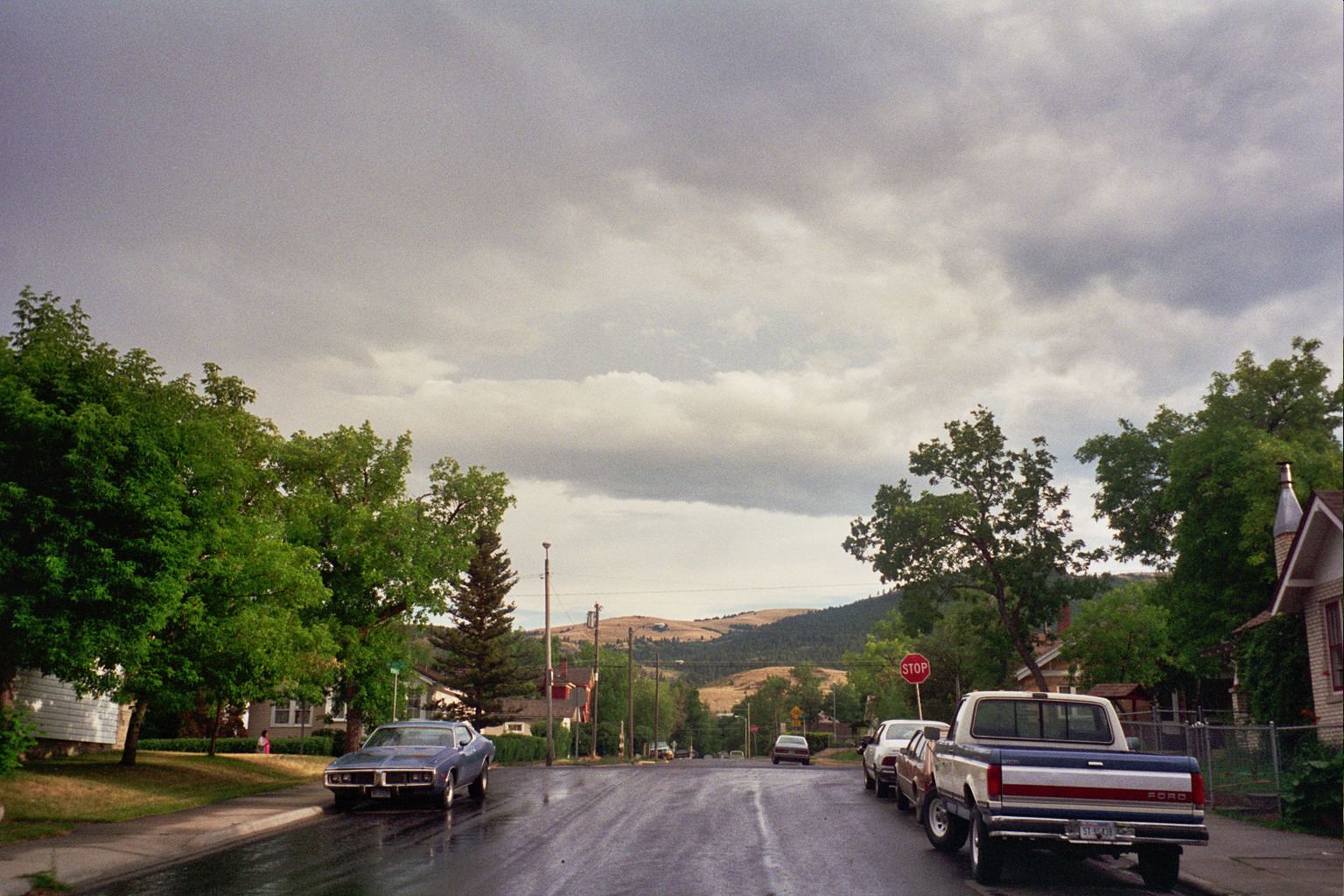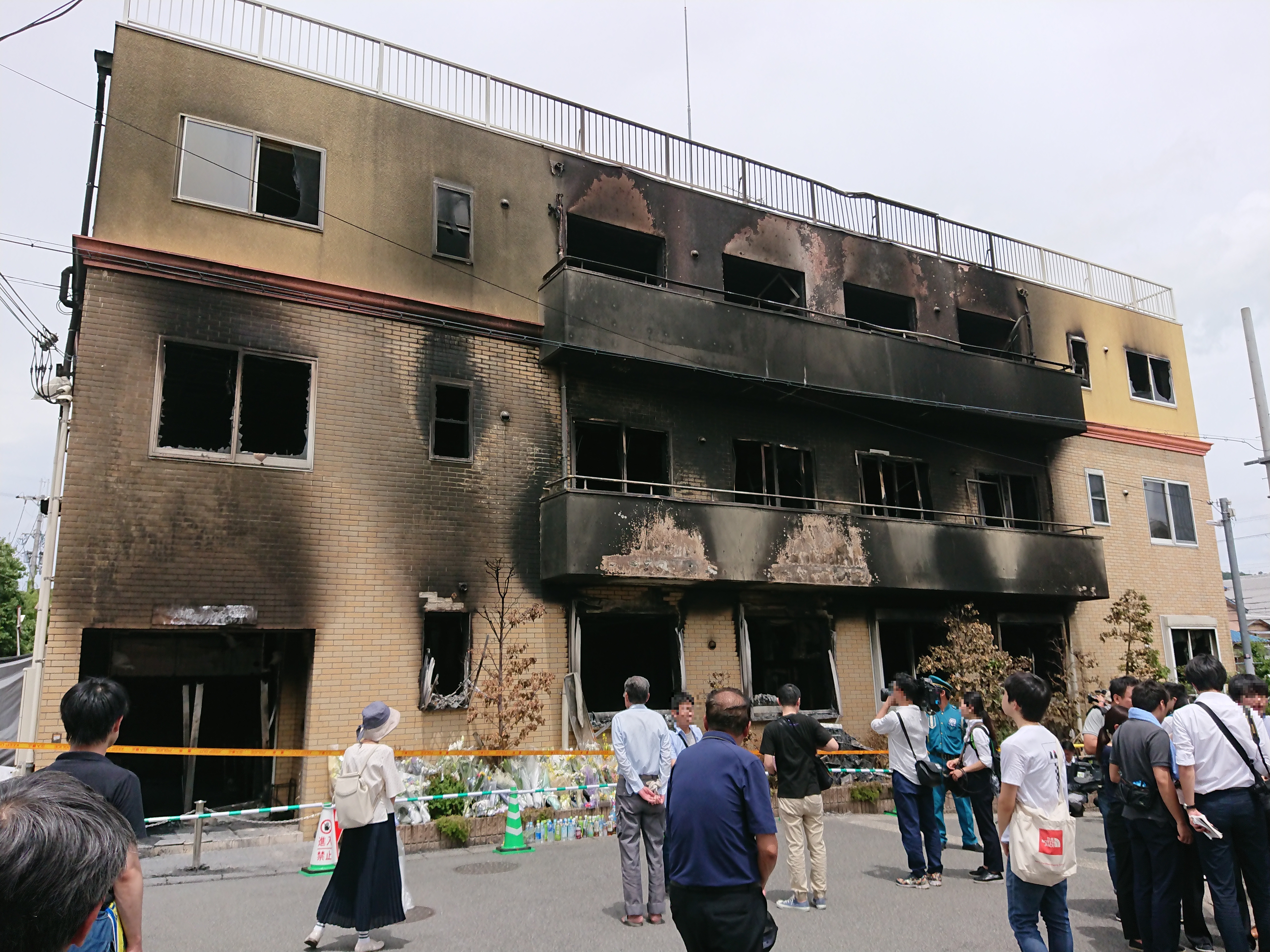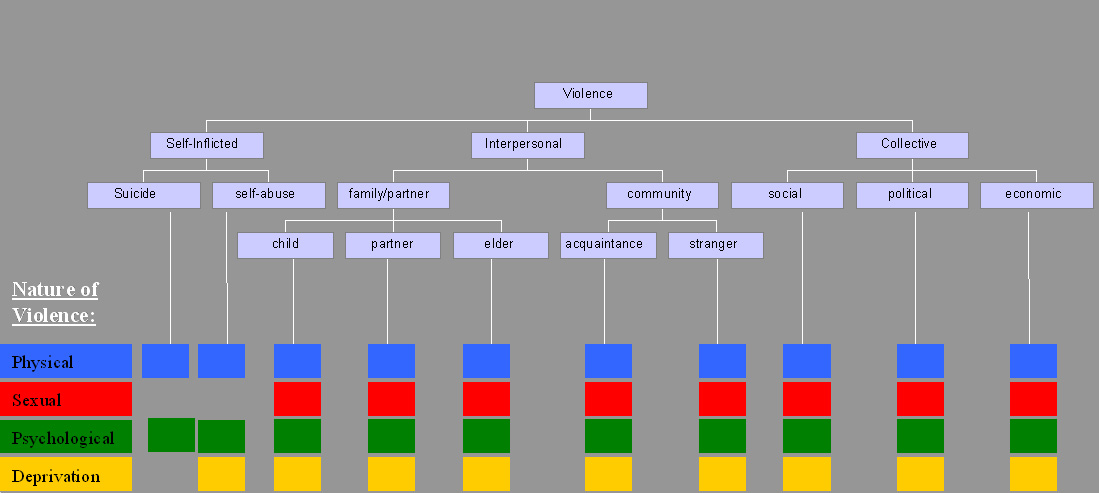|
Käpplinge Murders
Käpplinge murders () was the name of a massacre conducted on ''Käpplingeholmen'' (now Blasieholmen) in Stockholm in June 1389, when 70 men were placed in a barn house and burned alive. The massacre was performed by the hättebröder as a part of the power struggle at the time between the German burgher party and the Swedish burgher party in the city of Stockholm, when the German burghers supported Albert, King of Sweden, and the Swedish burghers supported Margaret I of Denmark in their rivalry over the throne of Sweden. References * Ahnlund, Nils, Från medeltid och vasatid. Historia och kulturhistoria (1933) * Heyde, Astrid, Käpplingemorden år 1389 : ett 600-årsminne?, S. 9-18. Ur: Sankt Eriksårsbok 1989 * Kumlien, Kjell, "Käpplingemorden", Samfundet S:t Eriks årsbok 1947 * Svenska Familj-Journalen, 1866. {{DEFAULTSORT:Kapplinge murders History of Stockholm 14th century in Sweden Political history of Sweden 1389 in Europe Conflicts in 1389 Massacres in Sweden Medieval h ... [...More Info...] [...Related Items...] OR: [Wikipedia] [Google] [Baidu] |
Massacre
A massacre is an event of killing people who are not engaged in hostilities or are defenseless. It is generally used to describe a targeted killing of civilians Glossary of French words and expressions in English#En masse, en masse by an armed group or person. The word is a Loanword, loan of a French term for "butchery" or "carnage". Other terms with overlapping scope include war crime, pogrom, mass killing, mass murder, and extrajudicial killing. Etymology ''Massacre'' derives from late 16th century Middle French word ''macacre'' meaning "slaughterhouse" or "butchery". Further origins are dubious, though the word may be related to Latin ''macellum'' "provisions store, butcher shop". The Middle French word ''macecr'' "butchery, carnage" is first recorded in the late 11th century. Its primary use remained the context of animal slaughter (in hunting terminology referring to the head of a stag) well into the 18th century. The use of ''macecre'' "butchery" of the mass killing ... [...More Info...] [...Related Items...] OR: [Wikipedia] [Google] [Baidu] |
Massacres In Sweden
A massacre is an event of killing people who are not engaged in hostilities or are defenseless. It is generally used to describe a targeted killing of civilians en masse by an armed group or person. The word is a loan of a French term for "butchery" or "carnage". Other terms with overlapping scope include war crime, pogrom, mass killing, mass murder, and extrajudicial killing. Etymology ''Massacre'' derives from late 16th century Middle French word ''macacre'' meaning "slaughterhouse" or "butchery". Further origins are dubious, though the word may be related to Latin ''macellum'' "provisions store, butcher shop". The Middle French word ''macecr'' "butchery, carnage" is first recorded in the late 11th century. Its primary use remained the context of animal slaughter (in hunting terminology referring to the head of a stag) well into the 18th century. The use of ''macecre'' "butchery" of the mass killing of people dates to the 12th century, implying people being "slaughtered ... [...More Info...] [...Related Items...] OR: [Wikipedia] [Google] [Baidu] |
Attacks On Residential Buildings In Sweden
Attack may refer to: Warfare and combat * Attack (fencing) * Charge (warfare) * Offensive (military) * Strike (attack) Books and publishing * ''The Attack'' (novel), a book * '' Attack No. 1'', comic and animation * Attack! Books, a publisher * ''Attack!'' (publication), a tabloid publication of the National Alliance from 1969 to 1978 * ''Der Angriff'', a.k.a. ''The Attack'', a newspaper franchise * In newspaper headlines, to save space, sometimes " criticise" Films and television * '' Attack! The Battle of New Britain'', a 1944 American armed forces documentary film * ''Attack'' (1956 film), also known as ''Attack!'', a 1956 American war film * ''Attack'' (2016 film), a 2016 Telugu film * ''Attack'' (2022 film), a 2022 Hindi film * ''The Attack'' (1966 film), an Australian television play * ''The Attack'' (2012 film), a 2012 film directed by Ziad Doueiri * "The Attack" (''Australian Playhouse'') * "The Attack", a season 7 episode of ''Lego Ninjago: Masters of Spinj ... [...More Info...] [...Related Items...] OR: [Wikipedia] [Google] [Baidu] |
Residential Building Arson Attacks In Europe
A residential area is a land used in which housing predominates, as opposed to industrial and commercial areas. Housing may vary significantly between, and through, residential areas. These include single-family housing, multi-family residential, or mobile homes. Zoning for residential use may permit some services or work opportunities or may totally exclude business and industry. It may permit high density land use or only permit low density uses. Residential zoning usually includes a smaller FAR (floor area ratio) than business, commercial or industrial/manufacturing zoning. The area may be large or small. Overview In certain residential areas, especially rural, large tracts of land may have no services whatever, such that residents seeking services must use a motor vehicle or other transportation, so the need for transportation has resulted in land development following existing or planned transport infrastructure such as rail and road. Development patterns may be regul ... [...More Info...] [...Related Items...] OR: [Wikipedia] [Google] [Baidu] |
Arson Deaths
Arson is the act of willfully and deliberately setting fire to or charring property. Although the act of arson typically involves buildings, the term can also refer to the intentional burning of other things, such as motor vehicles, watercraft, or forests. The crime is typically classified as a felony, with instances involving risk to human life or property carrying a stricter penalty. Arson that results in death can be further prosecuted as manslaughter or murder. A common motive for arson is to commit insurance fraud. In such cases, a person destroys their own property by burning it and then lies about the cause in order to collect against their insurance policy. Arson is also often committed to conceal another crime, such as murder or burglary. A person who commits arson is referred to as an arsonist, or a serial arsonist if the person has committed arson several times. Arsonists normally use an fire accelerant, accelerant (such as gasoline or kerosene) to ignite, propel ... [...More Info...] [...Related Items...] OR: [Wikipedia] [Google] [Baidu] |
Violence Against Men In Europe
Violence is characterized as the use of physical force by humans to cause harm to other living beings, or property, such as pain, injury, disablement, death, damage and destruction. The World Health Organization (WHO) defines violence as "the intentional use of physical force or power, threatened or actual, against oneself, another person, or against a group or community, which either results in or has a high likelihood of resulting in injury, death, psychological harm, maldevelopment, or deprivation"; it recognizes the need to include violence not resulting in injury or death. Categories The World Health Organization (WHO) divides violence into three broad categories: self-directed, interpersonal, and collective. This categorization differentiates between violence inflicted to and by oneself, by another individual or a small group, and by larger groups such as states. Alternatively, violence can primarily be classified as either instrumental or hostile. Self-in ... [...More Info...] [...Related Items...] OR: [Wikipedia] [Google] [Baidu] |
Medieval History Of Sweden
In the history of Europe, the Middle Ages or medieval period lasted approximately from the 5th to the late 15th centuries, similarly to the post-classical period of global history. It began with the fall of the Western Roman Empire and transitioned into the Renaissance and the Age of Discovery. The Middle Ages is the middle period of the three traditional divisions of Western history: classical antiquity, the medieval period, and the modern period. The medieval period is itself subdivided into the Early, High, and Late Middle Ages. Population decline, counterurbanisation, the collapse of centralised authority, invasions, and mass migrations of tribes, which had begun in late antiquity, continued into the Early Middle Ages. The large-scale movements of the Migration Period, including various Germanic peoples, formed new kingdoms in what remained of the Western Roman Empire. In the 7th century, North Africa and the Middle East—once part of the Byzantine Empire—came und ... [...More Info...] [...Related Items...] OR: [Wikipedia] [Google] [Baidu] |
Conflicts In 1389
Conflict may refer to: Social sciences * Conflict (process), the general pattern of groups dealing with disparate ideas * Conflict continuum from cooperation (low intensity), to contest, to higher intensity (violence and war) * Conflict of interest, involvement in multiple interests which could possibly corrupt the motivation or decision-making * Cultural conflict, a type of conflict that occurs when different cultural values and beliefs clash * Ethnic conflict, a conflict between two or more contending ethnic groups * Group conflict, conflict between groups * Intragroup conflict, conflict within groups * Organizational conflict, discord caused by opposition of needs, values, and interests between people working together * Role conflict, incompatible demands placed upon a person such that compliance with both would be difficult * Social conflict, the struggle for agency or power in something * Work–family conflict, incompatible demands between the work and family roles of ... [...More Info...] [...Related Items...] OR: [Wikipedia] [Google] [Baidu] |
Blasieholmen
Blasieholmen is a peninsula in central Stockholm, Sweden. It is located east of Kungsträdgården. Originally a small island, named Käpplingen, it became a peninsula, connected to Norrmalm, during the 17th century. Among the buildings at Blasieholmen are the Nationalmuseum Nationalmuseum is the List of national galleries, national gallery of fine arts of Sweden, located on the peninsula Blasieholmen in central Stockholm. The museum's operations stretch far beyond the borders of Blasieholmen, including the Natio ..., hotels and office buildings. The Skeppsholmsbron bridge connects Blasieholmen to the island of Skeppsholmen. The Blasieholmen Church was demolished in 1964. References External links * {{coord, 59.3297, N, 18.0769, E, source:wikidata, display=title Geography of Stockholm Peninsulas of Sweden ... [...More Info...] [...Related Items...] OR: [Wikipedia] [Google] [Baidu] |
1389 In Europe
Year 1389 ( MCCCLXXXIX) was a common year starting on Friday (link will display full calendar) of the Julian calendar. Events January–December * February 24 – Queen Margaret of Norway and Denmark defeats Albert, King of Sweden in battle and becomes ruler of all three kingdoms. Albert is deposed from the Swedish throne and taken prisoner. * May 3 – Richard II takes control of England, away from the Lords Appellant. * May 19 – Vasili I becomes Grand Prince of Moscow after the death of his father, Dmitry Donskoy. * June – The Käpplinge murders take place in Stockholm in Sweden. * June 15 – Battle of Kosovo: The Ottoman Empire and the Serbs fight an inconclusive battle, with both sides suffering heavy losses. Both Sultan Murad I and Serbian Prince Lazar are killed in the battle. **Bayezid I (1389– 1402) succeeds his father Murad I ( 1362–1389), as Ottoman Sultan. ** Stefan III succeeds his father, as ruler of Serbia. * July 18 &nda ... [...More Info...] [...Related Items...] OR: [Wikipedia] [Google] [Baidu] |



